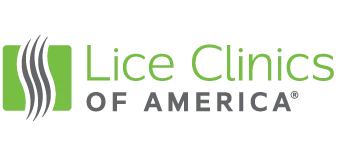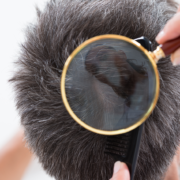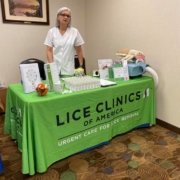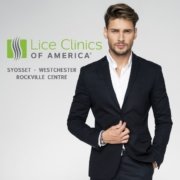First Day of Summer Camp

Since it is the official first day of camp on Long Island, we wanted to provide some helpful information.
Head Lice
Adult head lice are 2.1–3.3 mm in length. Head lice infest the head and neck and attach their eggs to the base of the hair shaft. The head louse (singular of lice) is a parasitic insect that can be found on the head, eyebrows, and eyelashes of people. Head lice feed on human blood several times a day and live close to the human scalp. Head lice are not known to spread disease.
Who is at risk for getting head lice?
Head lice are found worldwide. In the United States, infestation with head lice is most common among preschool children, elementary school children, and the household members of infested children. Although reliable data on how many people in the United States get head lice each year are not available, an estimated 6 million to 12 million infestations occur each year in the United States among children three- to eleven-years of age.
How is head lice spread?
Head lice move by crawling; they cannot hop or fly. Head lice are spread by direct contact with the hair of an infested person. Anyone who comes in head-to-head contact with someone who already has head lice is at greatest risk. Spreading caused by contact with clothing (such as hats, scarves, coats) or other personal items (such as combs, brushes, or towels) used by an infested person is uncommon. Personal hygiene or cleanliness in the home or school has nothing to do with getting head lice.
Not sure if your child has lice? Call Lice Clinics of America, Long Island to get a screening and put your mind at ease, 516-336-4099













